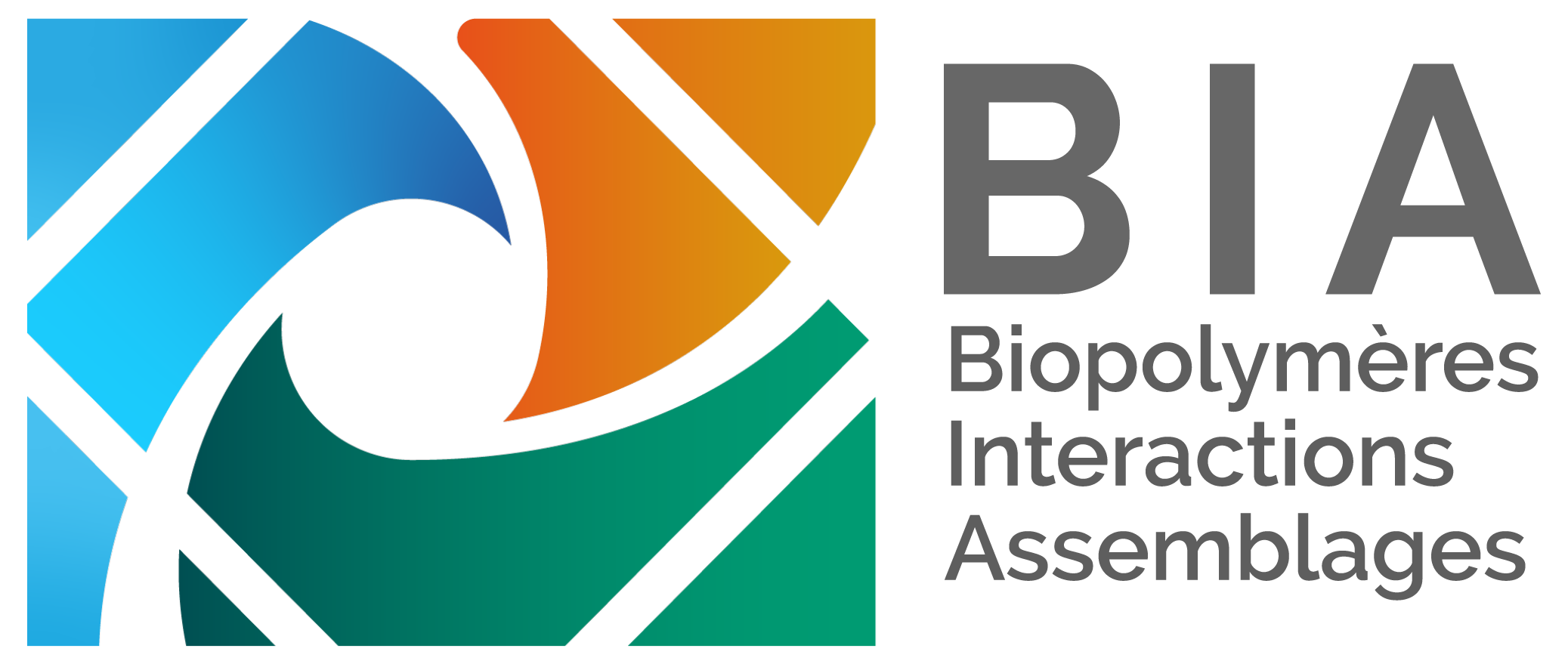Interfacial protein adsorption behavior can be connected across a wide range of timescales using the microfluidic EDGE (Edge-based droplet GEneration) tensiometer
Résumé
Hypothesis: Our hypothesis is that dynamic interfacial tension values as measured by the partitioned-Edge-based
Droplet GEneration (EDGE) tensiometry can be connected to those obtained with classical techniques, such as the
automated drop tensiometer (ADT), expanding the range of timescales towards very short ones.
Experiments: Oil-water and air–water interfaces are studied, with whey protein isolate solutions (WPI, 2.5 – 10 wt
%) as the continuous phase. The dispersed phase consists of pure hexadecane or air. The EDGE tensiometer and
ADT are used to measure the interfacial (surface) tension at various timescales. A comparative assessment is
carried out to identify differences between protein concentrations as well as between oil–water and air–water
interfaces.
Findings: The EDGE tensiometer can measure at timescales down to a few milliseconds and up to around 10 s,
while the ADT provides dynamic interfacial tension values after at least one second from droplet injection and
typically is used to also cover hours. The interfacial tension values measured with both techniques exhibit
overlap, implying that the techniques provide consistent and complementary information. Unlike the ADT, the
EDGE tensiometer distinguishes differences in protein adsorption dynamics at protein concentrations as high as
10 wt% (which is the highest concentration tested) at both oil–water and air–water interfaces.
| Origine | Fichiers éditeurs autorisés sur une archive ouverte |
|---|---|
| licence |


